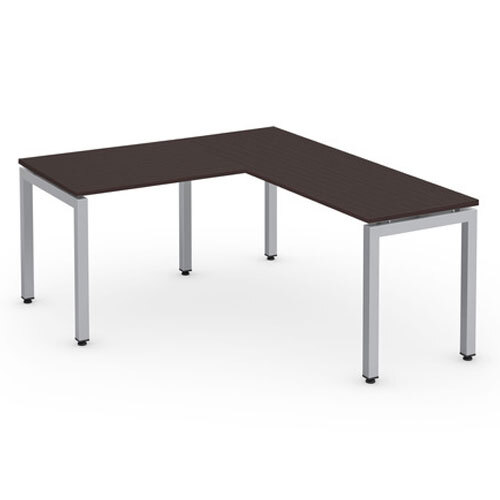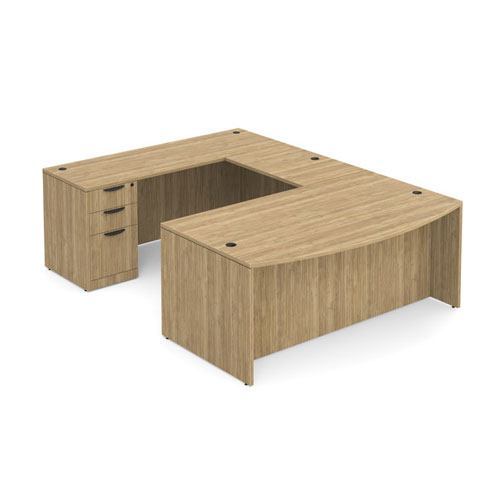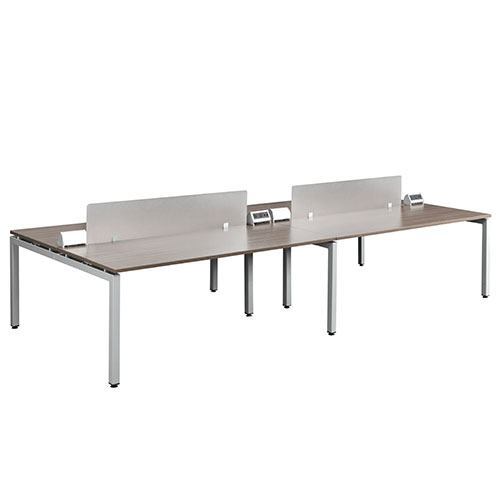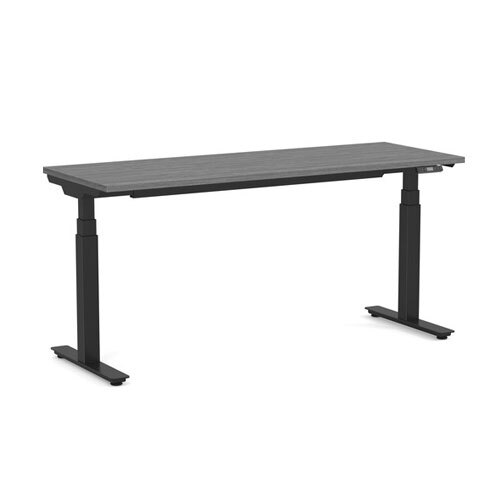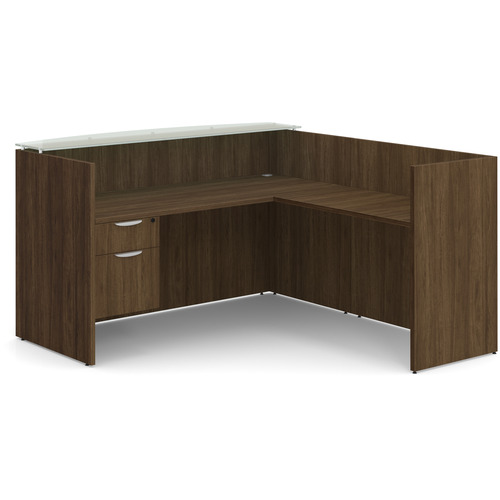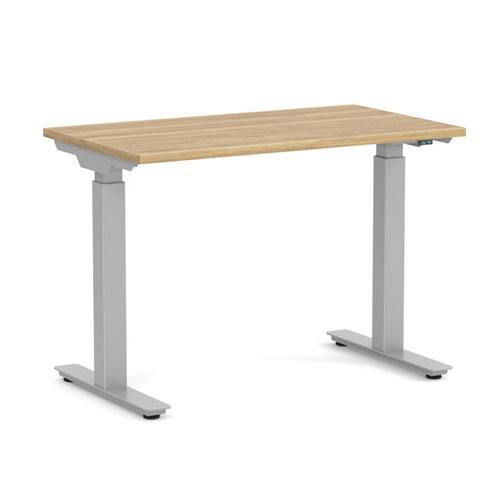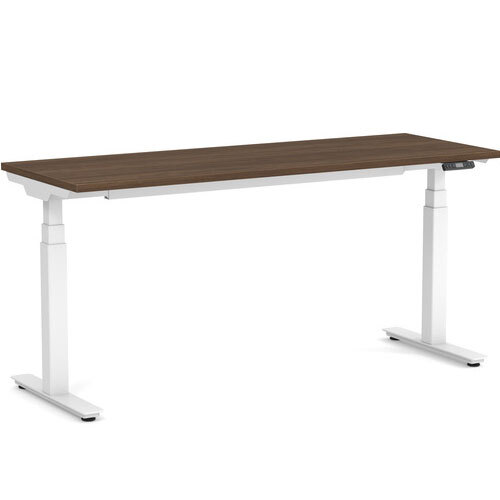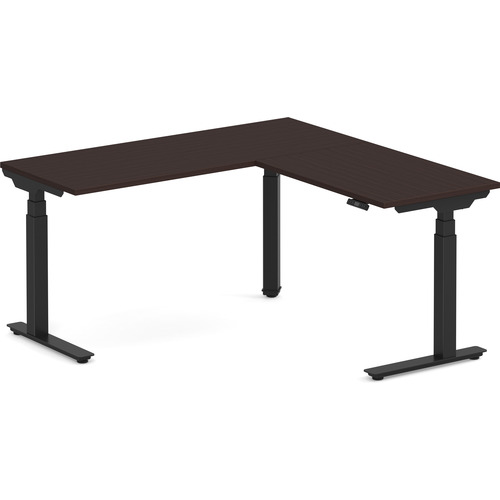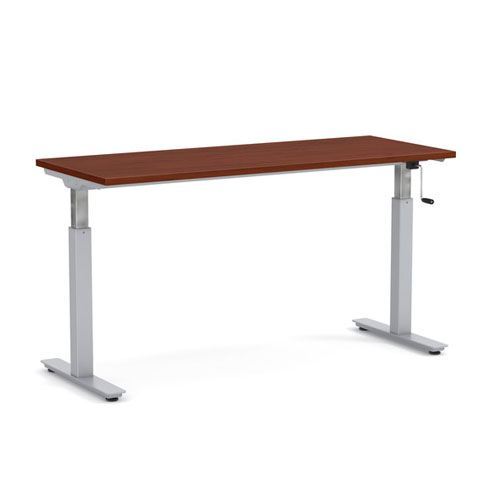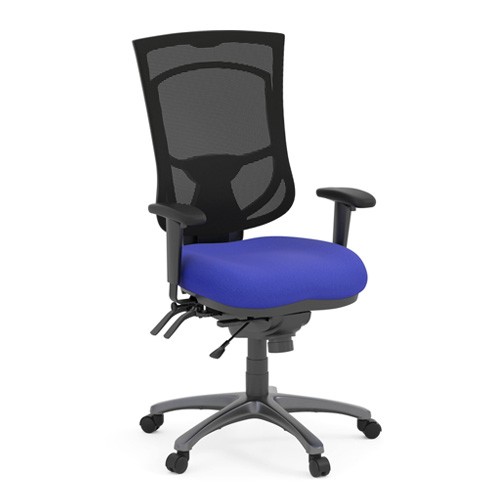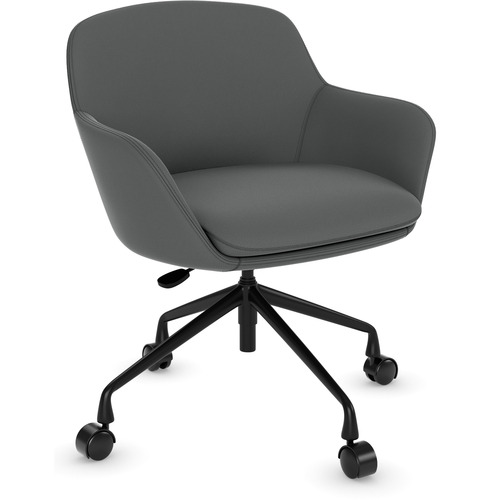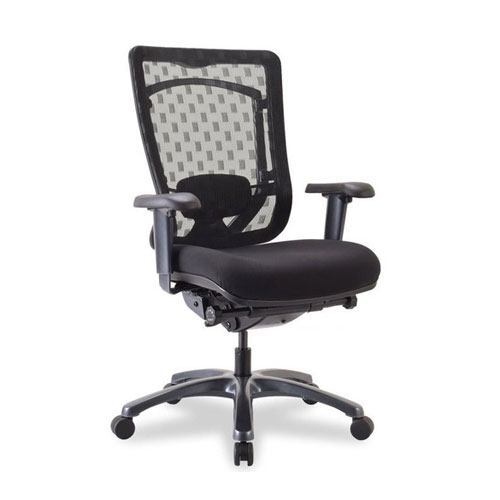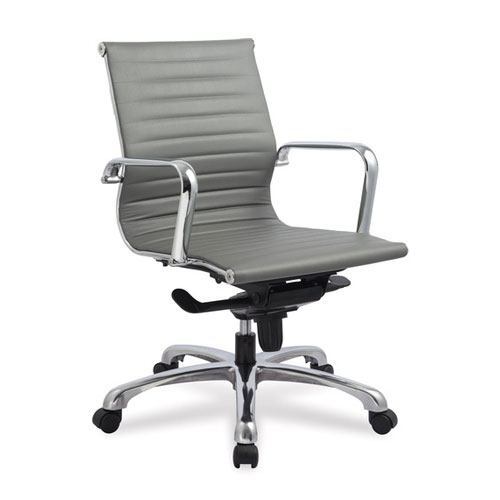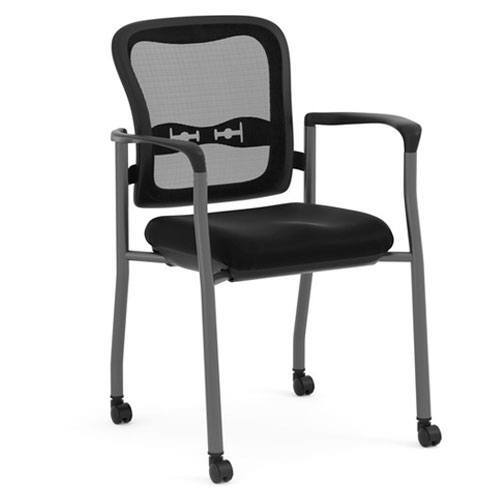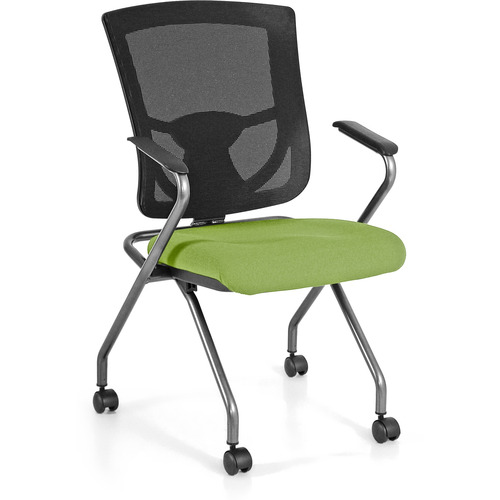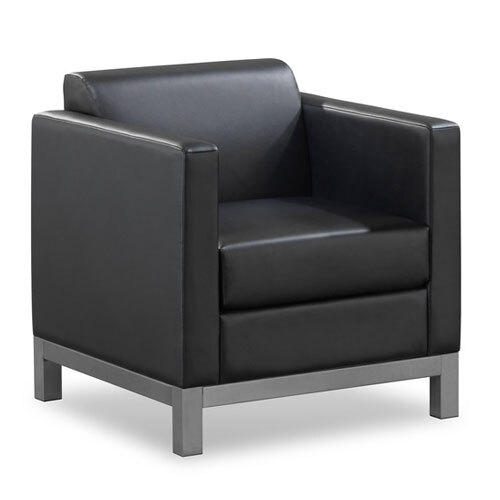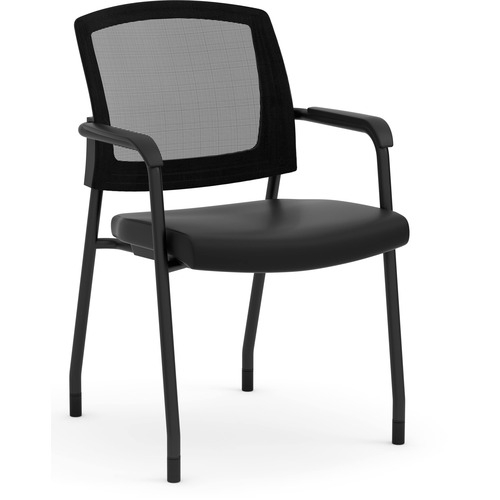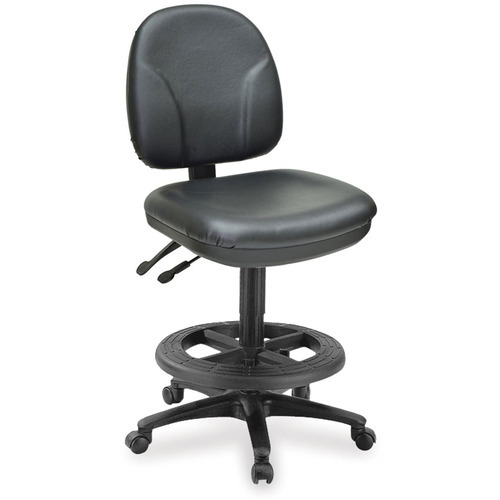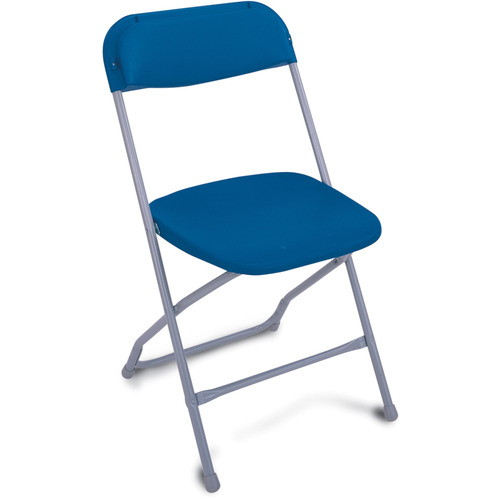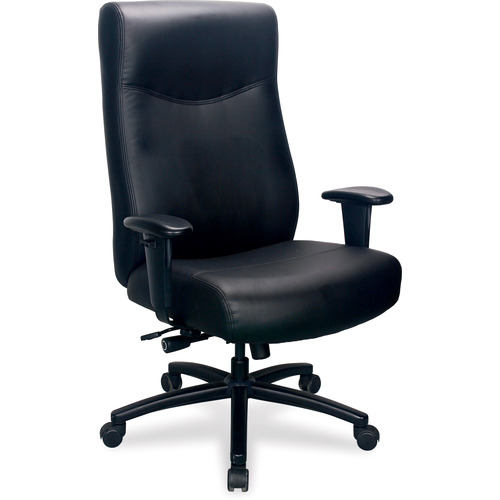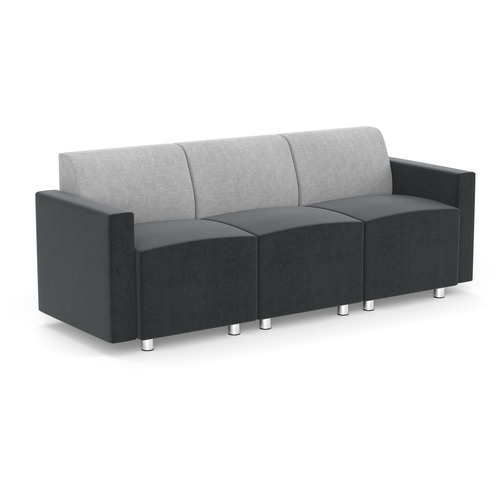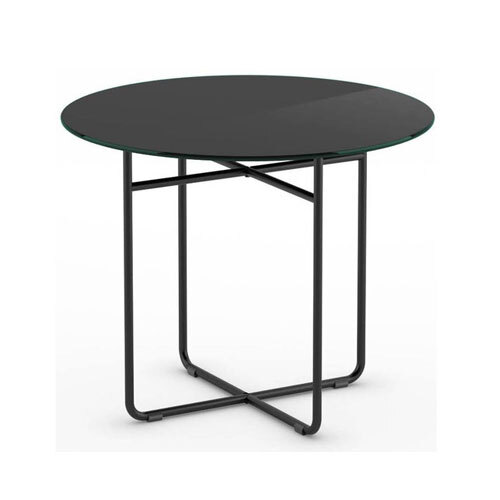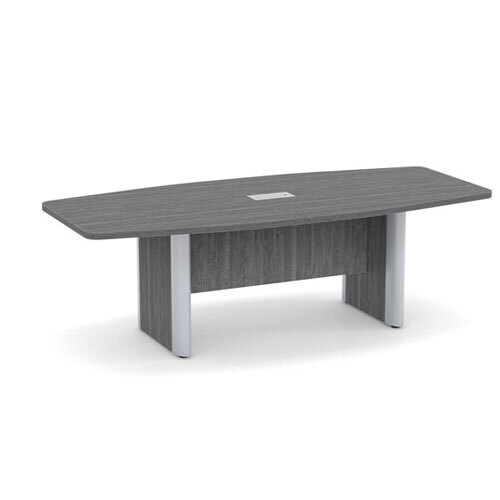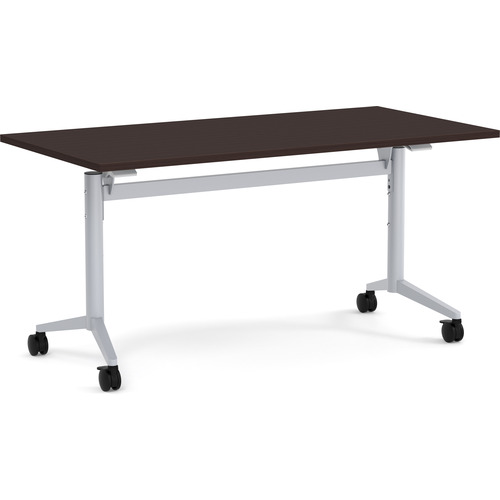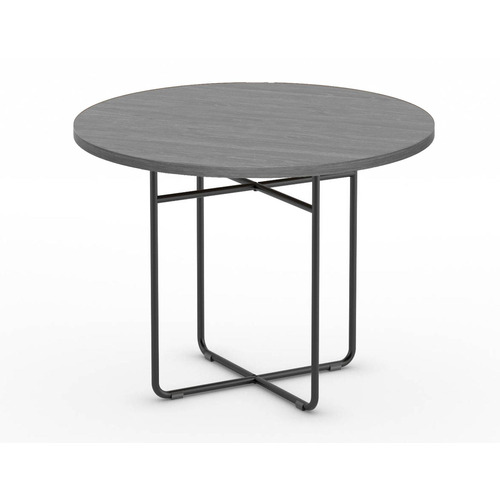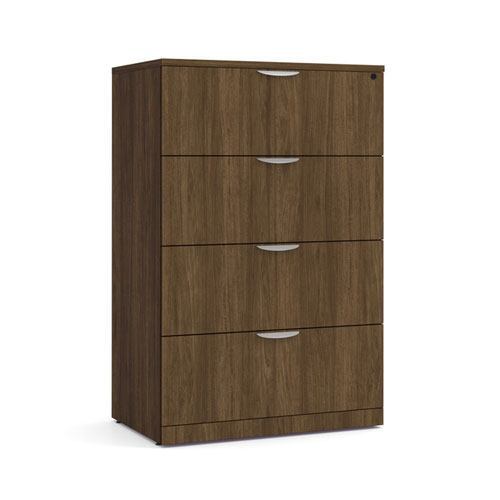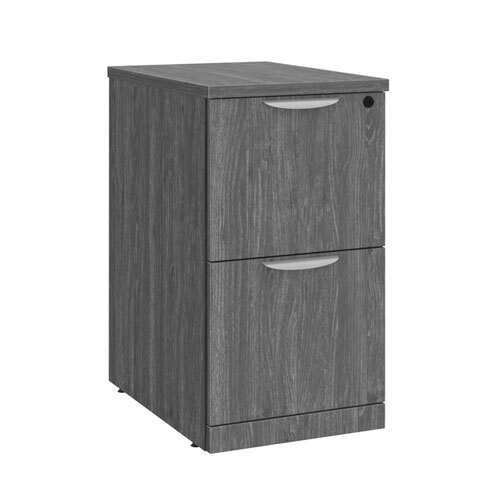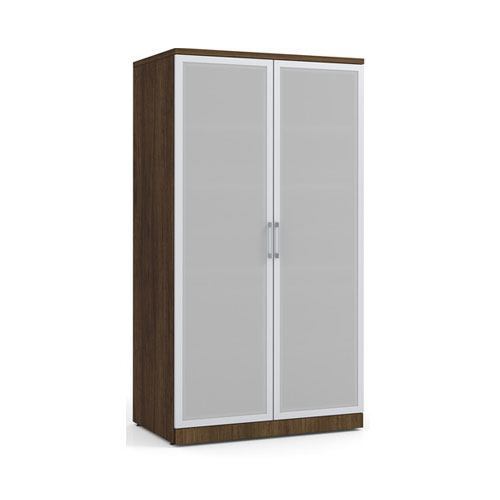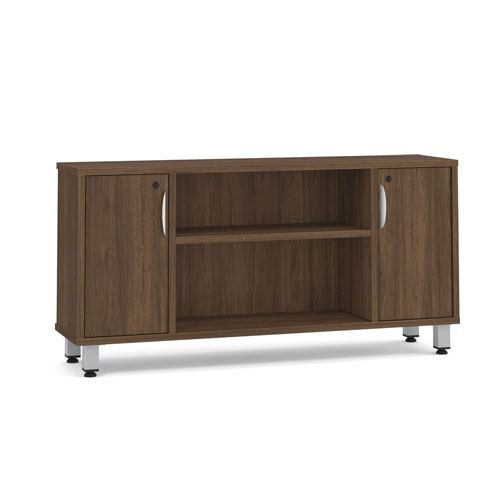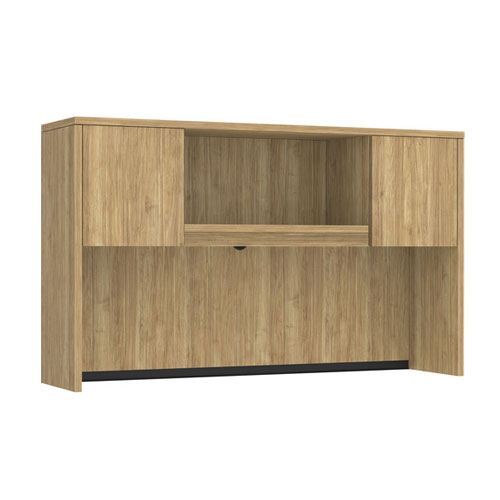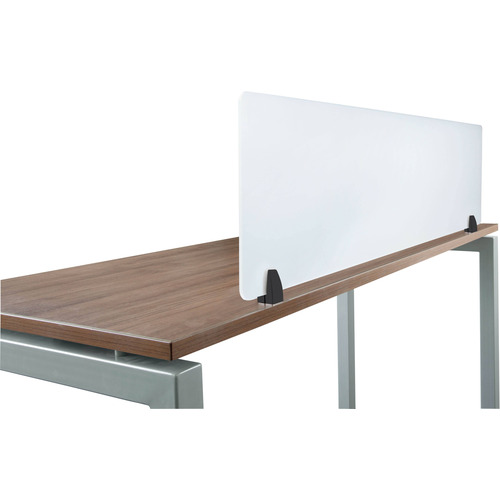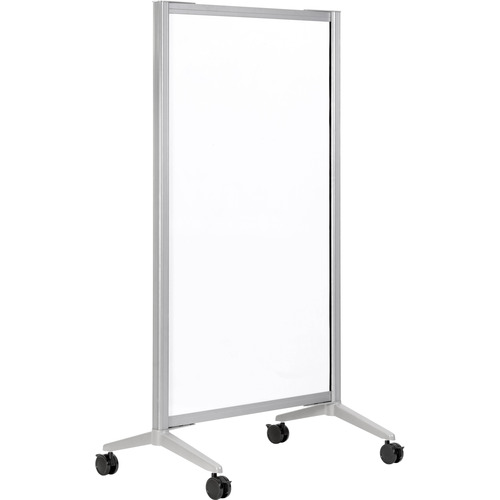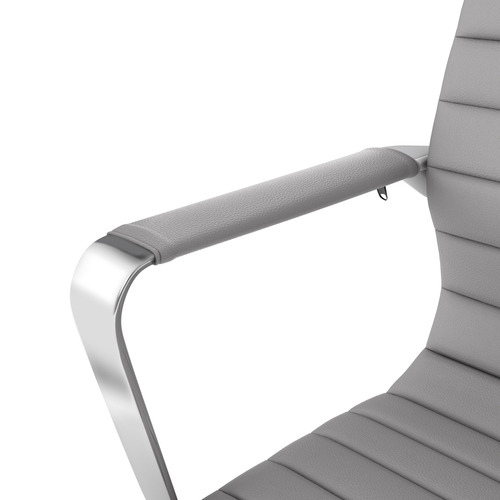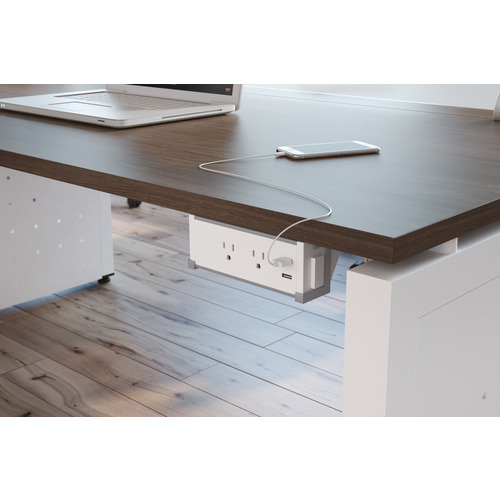When it comes to furnishing an office, don’t forget about guest chairs for your clients, customers or collaborators. A good guest chair not only provides a comfortable place for visitors to sit, but it also adds to the overall aesthetic of the office and can make a positive impression on clients and customers.
Difference Between Office Chairs and Guest Chairs
People often use the term "office chair" to refer to task chairs. These chairs are typically used by one person who spends a lot of time working at a desk. Because of this, they are designed to be comfortable for extended periods of use, with various adjustments that can be customized to fit the individual user's body.
On the other hand, guest chairs in an office setting can be used by multiple people for short periods of time. Therefore, the focus is more on the aesthetic appearance that reflects the company's brand or personal style of the person occupying the office rather than adjustable comfort for long-term use.
Difference Between Guest Seating and Reception Office Chairs
While both guest and reception chairs are meant for temporary use by multiple people and could be used interchangeably, there are reasons why the chairs in an office’s reception area might be different than those found in personal offices.
Guest chairs for visitors are typically more formal and stylish, designed to make a good impression on visitors to your office. Reception chairs, on the other hand, are designed for comfort and functionality, often featuring ergonomic design and a focus on durability to withstand frequent use by many different people.
Why Have Guest Seating in Your Office
When space is limited, it may be tempting to skip guest chairs when you’re furnishing your office in order to not clutter up your space. However, if you regularly receive visitors or collaborate with colleagues, having chairs for your guest is imperative.
Set Your Guests at Ease
A chair that is comfortable will encourage your visitors to relax, resulting in them feeling emotionally at ease and ready to collaborate. On the other hand, an uncomfortable chair may cause a visitor to become anxious or uneasy due to their discomfort, and can be a distraction if you need them to focus on a particular task or discussion.
Create the Atmosphere You Want
First impressions are formed quickly, and guest chairs are a crucial part of your office's appearance. In office design, all elements of a room should work together to create the desired image or feeling for the person in the office.
For example, if you’re working in a law firm, you may choose to use rich, somber colors, while a graphic designer may opt for a more light and airy look. A plush leather guest chair may be suitable for the law office, while the graphic design company may choose a visually appealing mesh and metal chair.
It is important that the appearance of each chair enhances its surroundings and creates an impression that complements your business, not just your personal favorite design.
Consider Practical Needs
Guest seating tends to have fewer bells and whistles when it comes to features and adjustments than personal task chairs. The difference is not just for show, but rather due to the fact that reception chairs may need to be moved around within an office to accommodate changing needs. They need to be sturdy, lightweight, and take up minimal space to be practical and efficient in a constantly shifting environment. However, if you are certain that a room will only be used for one purpose, you may have more flexibility in choosing your guest chairs. When planning the layout of your office, it is important to consider the size of your furniture, particularly if space is limited.
Find the Right Office Guest Seating for Your Needs
Space and function will determine the best style of guest chair for your office.
If You Want to Make an Impact
Plush executive club chairs or even lounge chairs can be statement pieces for your office (although it may be tempting for you to stretch out on them yourself…). If you need to make an immediate visual impact on a guest, the luxurious look and feel of these plush seating options would immediately elevate your status in the mind of your visitor.
If you want that high-quality look for your office without going over budget, bonded leather is a great option. This material looks just like genuine leather, but it's more durable and better able to withstand heavy use. Plus, it's affordable and easy to clean thanks to its non-porous surface. You can enjoy the stylish look of leather without worrying about spills or stains.
For Small Spaces
If your office is tight on space but you still need to accommodate multiple visitors at a time, armless chairs can be placed right next to each other without the chair arms taking up room. Alternately, if having multiple visitors isn’t a frequent or prolonged experience, consider folding chairs that can be tucked away when not in use.
If You’re Actively Collaborating with Your Guests
If the guests coming to your personal office are there to collaborate with you, you might want a guest chair with wheels. That way, you can move the chair to a shared work surface such as a meeting table when necessary, and tuck it away when it’s not in use, without having to haul it around each time. These mobile guest chairs can come with cushioned seats, which would be very welcome if your guest is engaged in an in-depth session with you.
If your guests need to work in your office for long periods of time, you may even consider offering a task chair for their use. The ergonomic adjustments would make their work go more smoothly and keep them focused on the task rather than the discomfort in their bodies.
If You Just Want to Have a Good Discussion
If your office visitors don’t need to work at a desk, plush guest chairs with a cushioned seat and back will give them a comfortable seat during your conversations.
Or, depending on your company and your vibe, you may even offer a fun guest chair like our Bello chair, which accommodates a wide range of movement and encourages your guests to move during the workday.
Features to Look For
Because office guest chairs aren’t meant for personal use, the criteria for choosing these chairs are different than for a task chair.
Size
When choosing a guest chair for your office, it's important to take into account the size of the chair in relation to the size of your office. A chair that is too big can make your office feel cramped and cluttered, while a chair that is too small may not be able to accommodate your guests, leading to their discomfort.
To determine the right size for your guest chair, consider the size of your office and the amount of space you have available. If you have a small office, you may want to opt for a smaller guest chair without arms that won't take up too much space that also allows space to move. On the other hand, if you have a larger office, you may want to choose a bigger chair that will be more comfortable for your guests.
Design
Another factor to consider when buying a guest chair for your office is the design of the chair. There are many different styles of guest chairs available, from traditional to modern, and choosing the right one will depend on the overall aesthetic of your office.
If you have a more traditional office, you may want to opt for a classic guest chair with clean lines and a neutral color palette. On the other hand, if you have a more modern office, you may want to choose a guest chair with a bolder design and vibrant colors. A mid-century design is timeless and fits into most office aesthetics.
Material
Another important factor to consider is the material of the chair. The most common materials used for guest chairs are fabric, leather, and vinyl. Fabric chairs are the most affordable option, but they can be difficult to clean and are not as durable as leather or bonded leather. Leather chairs are more expensive, but they are also more durable and easier to clean. Bonded leather chairs are a good compromise, being both budget-friendly and durable. Chairs made of antimicrobial material are great options for the upkeep of your chairs, as they prevent bacteria left over from body contact from building up and causing bad odours.
Find the Right Layout
No matter the size or shape of your office, finding a layout that’ll let you be your productive best, while allowing room for collaboration, is a matter of balance.
Start by deciding on a designated area for guests to sit and furnish it with a guest chair. You’ll probably also want a table of some sort – either a side table for your guests to use as a surface for their belongings or drinks, or a meeting table where you can actively work with them. You may also consider adding a plant or other decorative element to add a touch of greenery or breathe life into the space.
Ensure that you have enough space for you and your guests to comfortably move around the table and the office. Having too much furniture in the office can actually hamper productivity and comfort if it creates a cramped and difficult working environment.
If you’re not sure how to start, our space planning experts can help!
History of the Guest Seating
Several centuries ago, we would not have been able to sit on office guest chairs.
“Of course,” you may be saying, “offices didn’t exist back then.”
While the corporate office as it currently exists in our collective understanding didn’t exist several centuries ago, personal offices – of royalty, of clergy – did exist. However, the “chair” as we know it – a seat with legs and a back – was reserved solely for kings, lords and bishops in the western European countries. The rest of us sat on backless chests, benches and stools.
In fact, the word chair comes from the Latin cathedra. This is why cathedrals are still called the “seat” of a bishop. As implied by the lofty name, chairs at the time were large, immovable, ornate pieces of furniture often with canopies and placed on a dais to emphasize the importance of the person sitting on it.
Over the years, chairs became smaller and lighter (with the French being credited as the developers of the first lightweight and portable chairs) and made more accessible to those who are not royalty or clergy. They still tended to be quite ornate, with fine detailing and embellishments. With the industrial revolution making production much faster and cheaper, these comfortable pieces of furniture became ubiquitous in homes…and offices.


